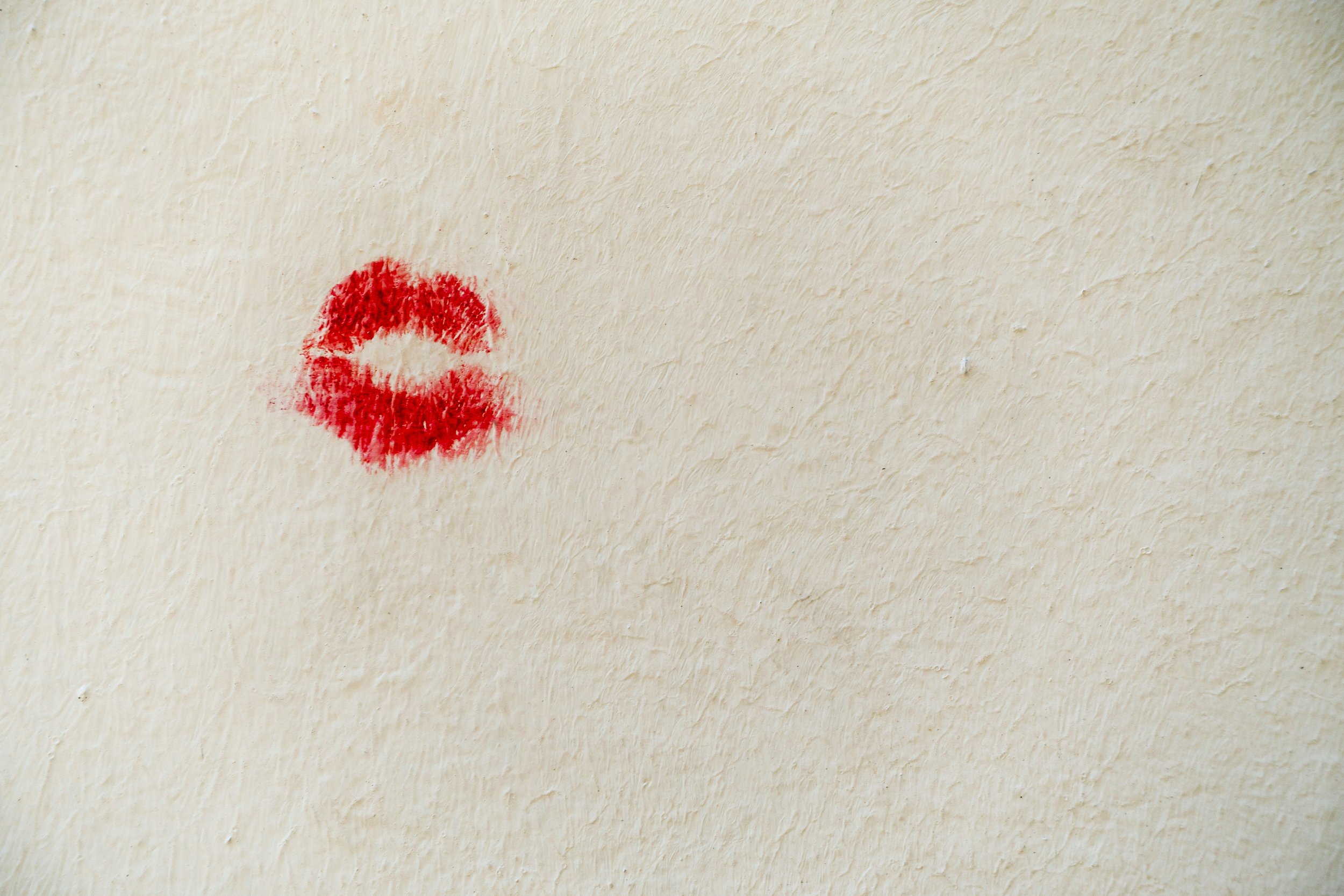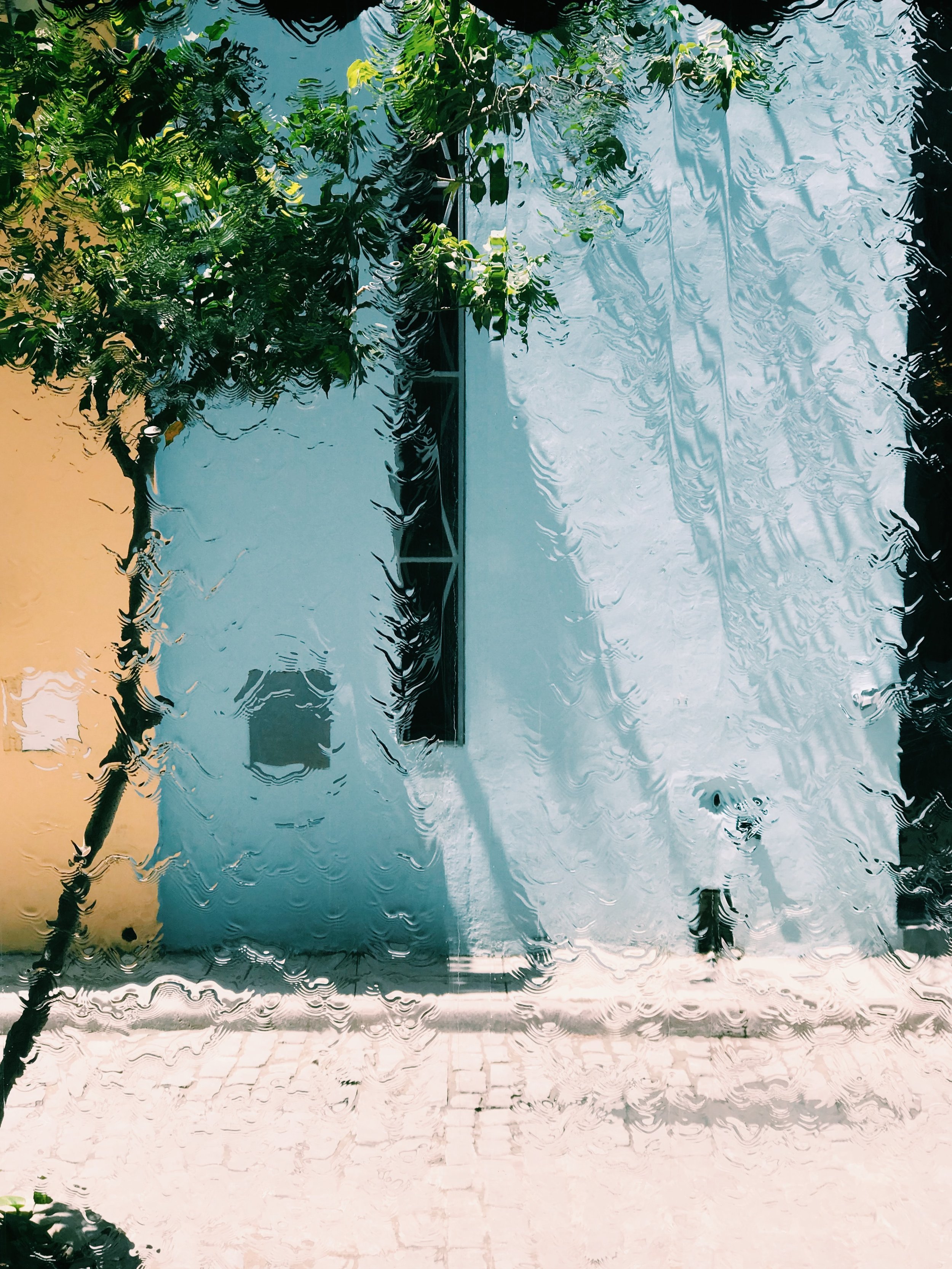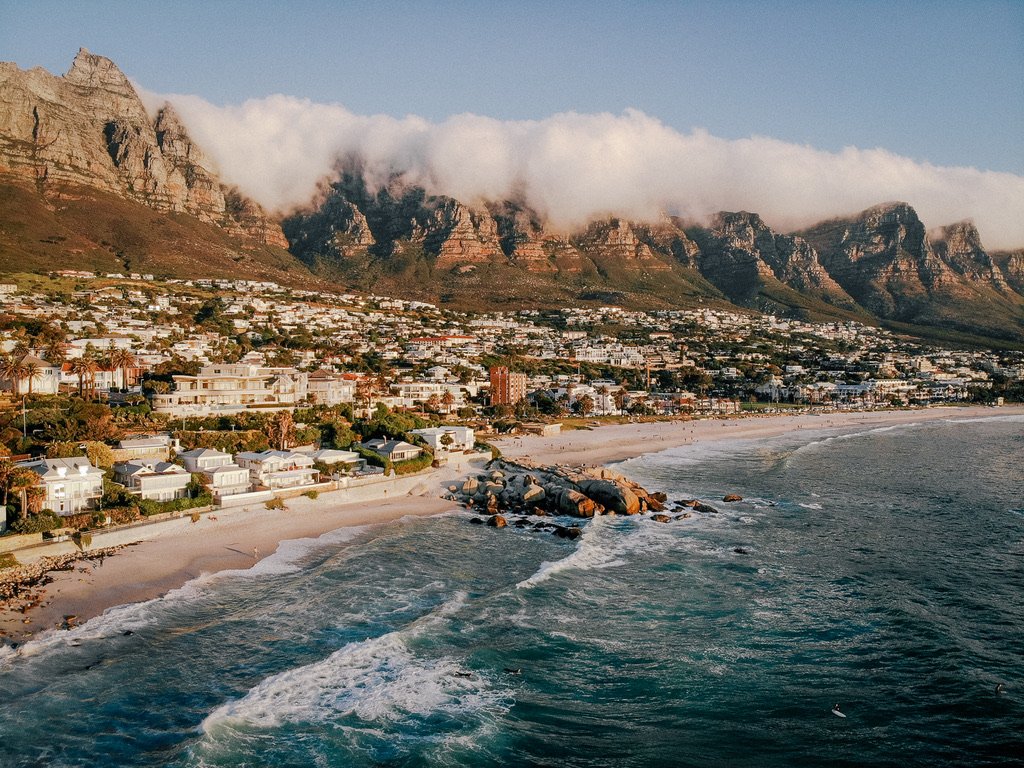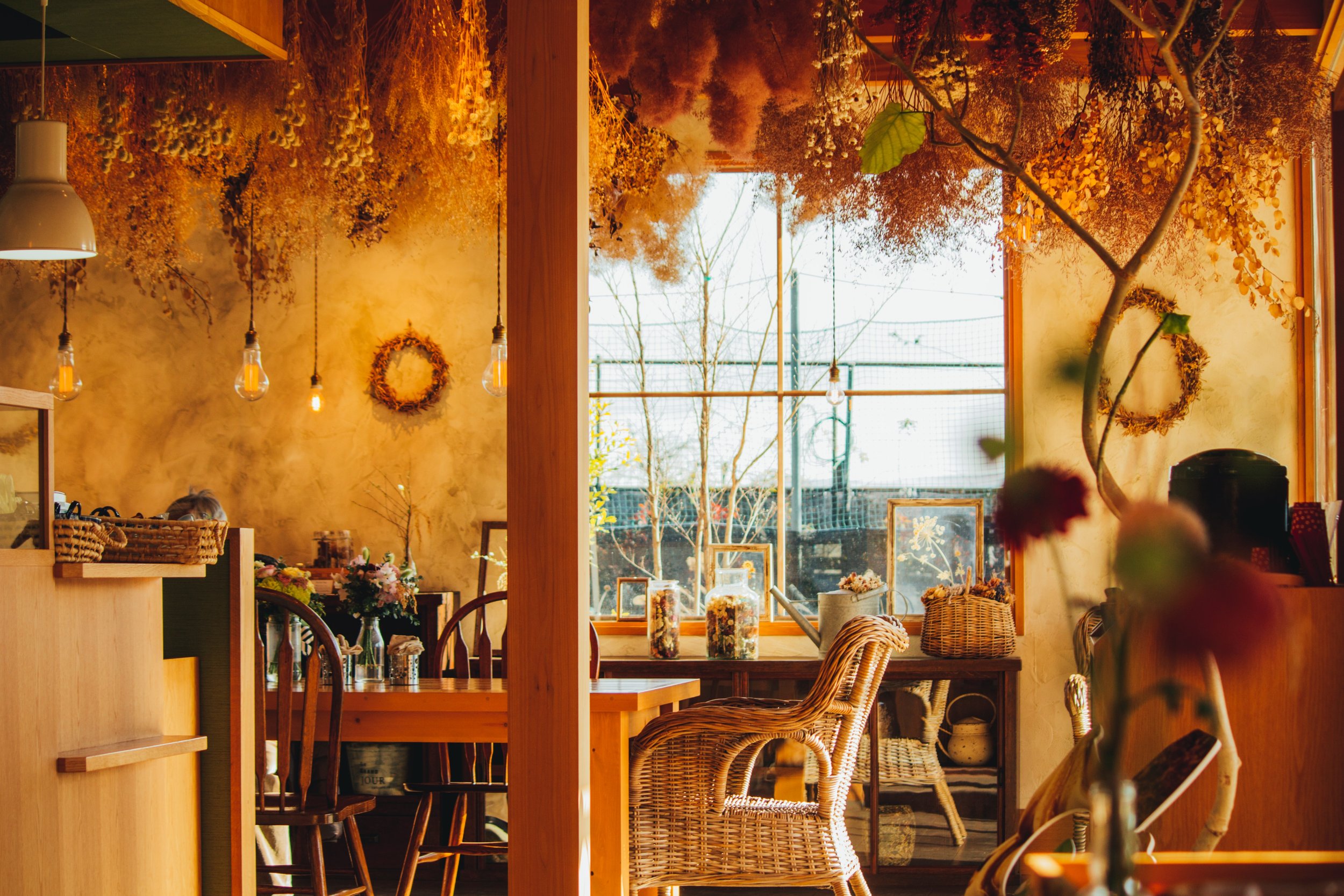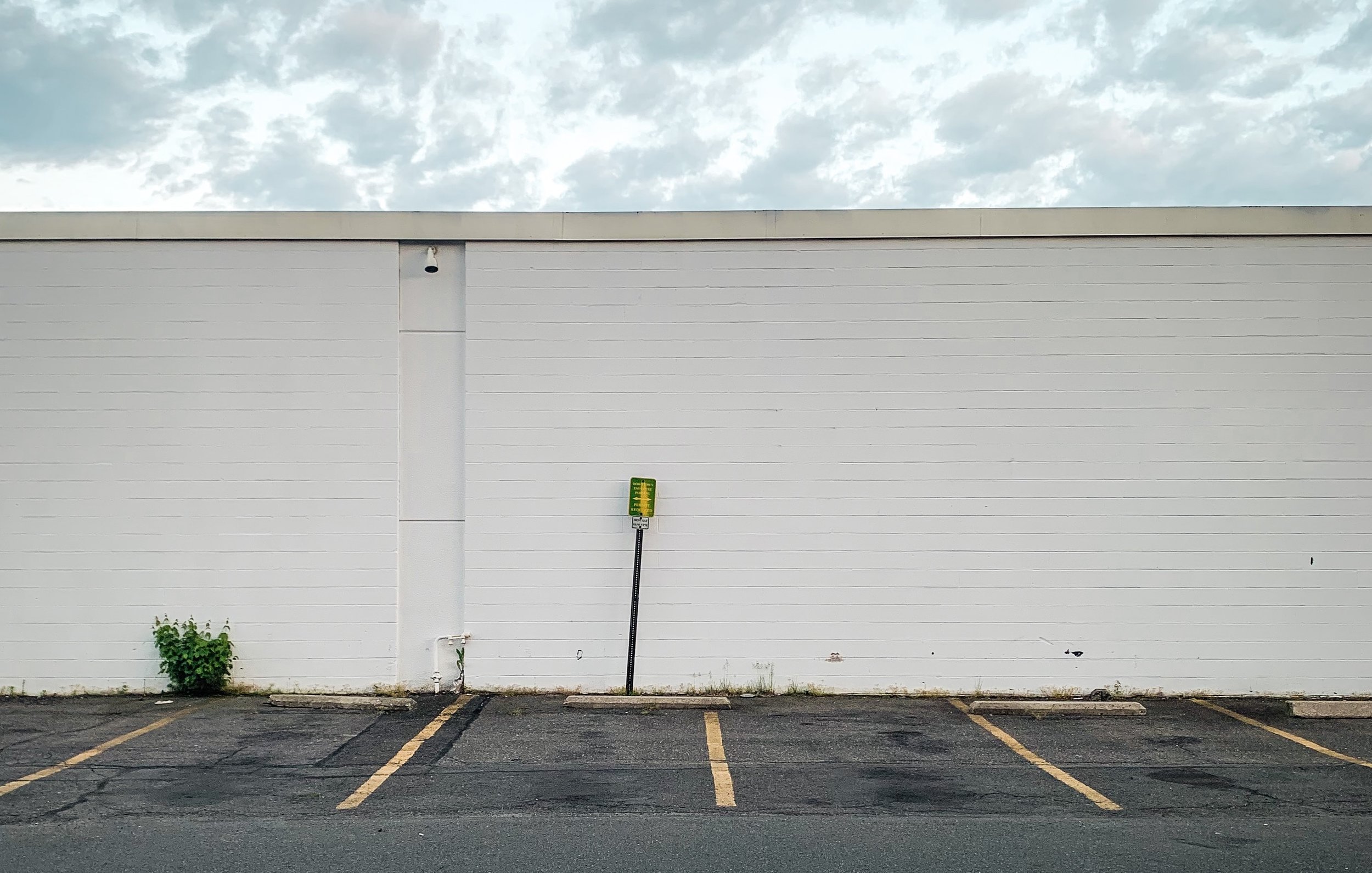To the Iditarod Man

I first noticed you because I always noticed people with dogs.
I was nine years old, and had just started fourth grade at a new school. Every morning that fall, my mom drove me the twenty minutes between Lexington and Concord along route 2A. We sped through Minute Man National Historical Park, past fields of cows and busloads of tourists, and then you appeared on the sidewalk just outside of Concord Center, slow-walking next to your slow-walking dog, a big black and white husky with a gray snout. While I never got a good look at your face, I did see the back of your bomber jacket printed in large block letters: IDITAROD with some year emblazoned below––1977? 1985? I’m not sure, just something long ago to a fourth grader in 1997.
At home, I spent much of my time alone or with adults. I was the only kid in the house–my three older half-siblings were off doing college things––and so, when looking for company, I sought out animals, both in life and in books. I read mostly about kids in the wilderness: Julie of the Wolves, Hatchet, and Island of the Blue Dolphins. I loved the protagonists’ resilience and independence––they didn’t worry about who to sit with at lunch; they had to hunt and gather in order to even eat lunch. They weren’t concerned with inside jokes or cliques; they had peregrine falcons and wolf packs as their peers. It sounded ideal.
But the books I read over and over were Gary Paulsen’s memoirs about sled-dogs and running the Iditarod. My copies of Woodsong, Winterdance, and My Life in Dog Years were worn and dog-eared. I loved how in sled-dog racing, humans and dogs were not just true friends and equals, they were a literal team. They relied on each other for survival––alone in the woods, in intense conditions, snow and ice and darkness. I dreamed of moving to Alaska or Canada, having my own pack of huskies, and running sleds through deep snow. When I spotted you, your husky, and your jacket, I couldn’t believe it: a real-life Gary Paulsen.
Each morning, in an effort to avoid the growing ball of nerves in my stomach as the car inched closer to the school doors, I looked for you and your husky. You did not disappoint. You and your dog had a routine. My mom noticed you, too––“Look, the Iditarod man!”––and we could clock if we were running late or early based on where we saw you along the route. It didn’t matter if it was a crisp fall day or a wet snowy morning, you and your husky were always there, walking the same path, you wearing the same jacket. I felt calmer when I caught sight of you and your dog. You were a little bit of consistency during a school year that was full of changes and adjustments. Seeing you and your husky also gave me hope, imagining a life beyond fourth grade, where one day I would be an adult with a dog, or a pack of dogs, all my own, and I wouldn’t have to worry about mean girls or four square or knowing the names of all the guys in the Backstreet Boys.
As the year went on, I did learn the names of all the guys in the Backstreet Boys (Nick, Howie, AJ, Brian, and Kevin). I began to make friends with other kids, especially kids who also loved animals. Also, I finally got a dog of my own.
At fifteen pounds, Gus the Cairn Terrier wasn’t up for pulling any sled; he was more Toto than Balto. Still, I counted down the days until we could pick Gus up. I’ve never forgotten the soft red fleece with purple snowflakes I wore that day, the way puppy Gus snuggled into the crook of my arm and fell asleep, and the way my love for him settled over me like fresh snow. Sure, Gus and I weren’t training to run any races together, but we still became a pair. I spent hours walking him in the conservation land behind our house, or lying on the floor doing homework while Gus licked peanut butter out of a Kong.
Strangely, once I had Gus, I found myself less drawn to going into the wilderness away from everyone. I loved my time alone with my dog out in nature, but I also found that time with Gus recharged and energized me. It gave me confidence to dive into another day of middle school, to join the discourse on whether Leo was better in Romeo + Juliet or Titanic. And when I had a hard day at school, when I said something dumb like maybe I preferred JTT to Leo, it was reassuring to know I could always come home to Gus and lie down on the floor next to him, pet his wiry blonde fur, and scratch his little triangle ears as he licked the tears off my face and soothed me.
“Just when you feel settled and content, the world can upend.”
I continued to look for you each morning on the drive to school, and relating even more now to the kinship I saw between you and your husky. Fourth grade turned into fifth, and fifth into sixth. I don’t know if you wore the Iditarod jacket in summer, but each year, when classes started in September, my mom and I kept an eye out for you and your husky–and there you were. I made more friends. I grew to love my teachers and classes. Often, I actively looked forward to going to school. I even got a second dog in 1999––another Cairn Terrier, this one named Gwen––and I felt like I was on my way to having my own pack, even if Gwen was also too small to pull a sled.
Then, one day, we didn’t see you.
I remember the jarring feeling of getting all the way to school without passing you and your husky. We didn’t see you the next day either, or the day after that. Were you sick? Or hurt? Was your dog? I remember going home after school and firing up America Online to search for the dates of that year’s Iditarod race––maybe you and your husky had returned north to run or cheer on friends. It felt like months we didn’t see you, and your absence weighed heavy. Even though I continued with my own routine of school and walking Gus and Gwen, your sudden disappearance was a shocking reminder of how anything can change in a moment. Just when you feel settled and content, the world can upend.
And then one day, just when I was starting to think you were gone for good, you appeared again.
“I realized how my love for them meant the subsequent loss would hit with the same but opposite strength.”
I shouted and pointed: “The Iditarod man is back!” Same slow walk, same jacket. Seeing your lanky gait on the sidewalk, I felt everything settle back into place. They must have just been on vacation, I thought to myself. But as I watched, I realized your companion was not the old black and white husky with the gray snout I had grown to love from afar. Instead, a small brown and white husky puppy trotted at your side.
The silence hung thick in the car. My mom and I didn’t have to say anything to each other; we both knew exactly what had happened. I’d had pets most of my life. I’d watched fish and finches die. I’d had turtles and tortoises run away. I knew that loss was part of the risk––the inevitable price––of choosing to love an animal. But that day, watching you walk with this little ball of fluff, you still slow-moving as this burst of new life zoomed along by your feet, it suddenly hit me that one day Gus and Gwen would die, too.
I realized how my love for them meant the subsequent loss would hit with the same but opposite strength. I thought about walking in the conservation woods one day with just Gwen, or with no dogs at all, and how lonely I would be. I would remember the love I’d felt, and its absence would burn. How devastated you must have been in those days, weeks, months when we didn’t see you, your elderly husky too sick or old to walk anymore, until you had to make the hardest call.
But–there you were with a new puppy. Even if losing your old husky had been hard and sad, you had opened your heart once again to another dog. And it hit me that this must not be the first time you’d gone through this. I hadn’t ever really thought before how you, a man who once ran the Iditarod, must have had a lot of dogs at one point––a whole sled team’s worth. Was that elderly husky the last one left from one of your Iditarod teams? A dog you got long after the ones you ran with had all passed away? That afternoon after school, I went home and hugged Gus and Gwen a little tighter, took them for a longer walk. There is something magical about a wet nose pressing in your palm snuffling up a treat, the weight of a warm little body resting on your legs while you sleep, the way a dog seems to know when you’re feeling sad or sick and could use a little extra affection, how we turn to them for comfort and energy and joy, that makes it worth it to keep reopening our hearts again and again. You taught me that.
Eventually, I started high school in a town even farther from Lexington, twenty minutes down Interstate 95. My commute changed. My mom and I didn’t see you anymore, and I don’t know what happened to you or your husky puppy.
Those mornings commuting to Concord were over twenty years ago now–I’m sure that husky puppy has also died. Both Gus and Gwen are long gone. Maybe you yourself have also died––you seemed old to me in 1997 (but that might have just been a fourth grader’s perspective). Even so, I remain grateful for what you taught me about loving and losing dogs. When my husband and I adopted our mutt Seymour in 2020, twenty-three years after I first saw you, I thought of you, slow-walking with your slow-walking dog, in the snow, in the rain, in the sun.
About the Author
Small Circle Studio
E.B. Bartels is a nonfiction writer, a former Newtonville Books bookseller, and a GrubStreet instructor, with an MFA from Columbia. Her work has appeared in Salon, Slate, WBUR, Literary Hub, Catapult, Electric Literature, The Rumpus, and The Millions, among others. She is the author of Good Grief: On Loving Pets, Here and Hereafter (Mariner Books/HarperCollins, 2022), a narrative nonfiction book about loving and losing animals, and she also edits the interview series Non-Fiction about Non-Humans on the literary site Fiction Advocate. E.B. lives outside Boston with her husband, Richie, and their dog, two tortoises, a small flock of pigeons, and a dozen fish.
Read E.B.’s “Behind the Essay” interview in our newsletter.
Header photo by Fredrik Solli Wandem.
Edited by Aube Rey Lescure.


